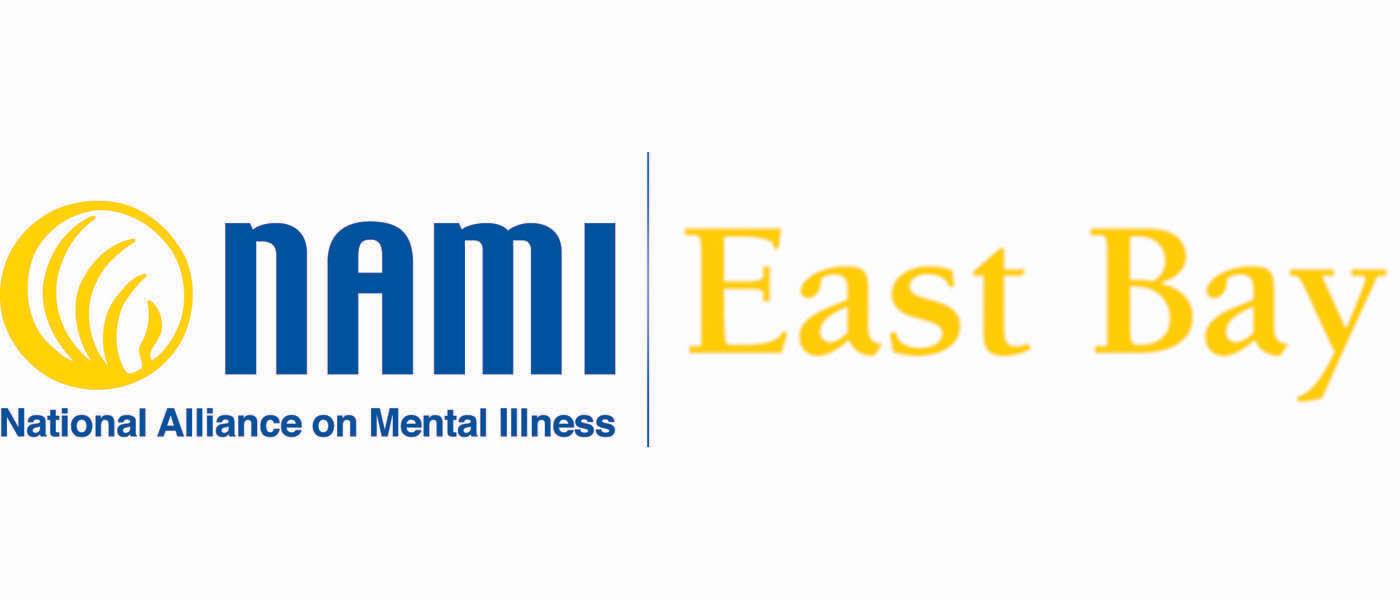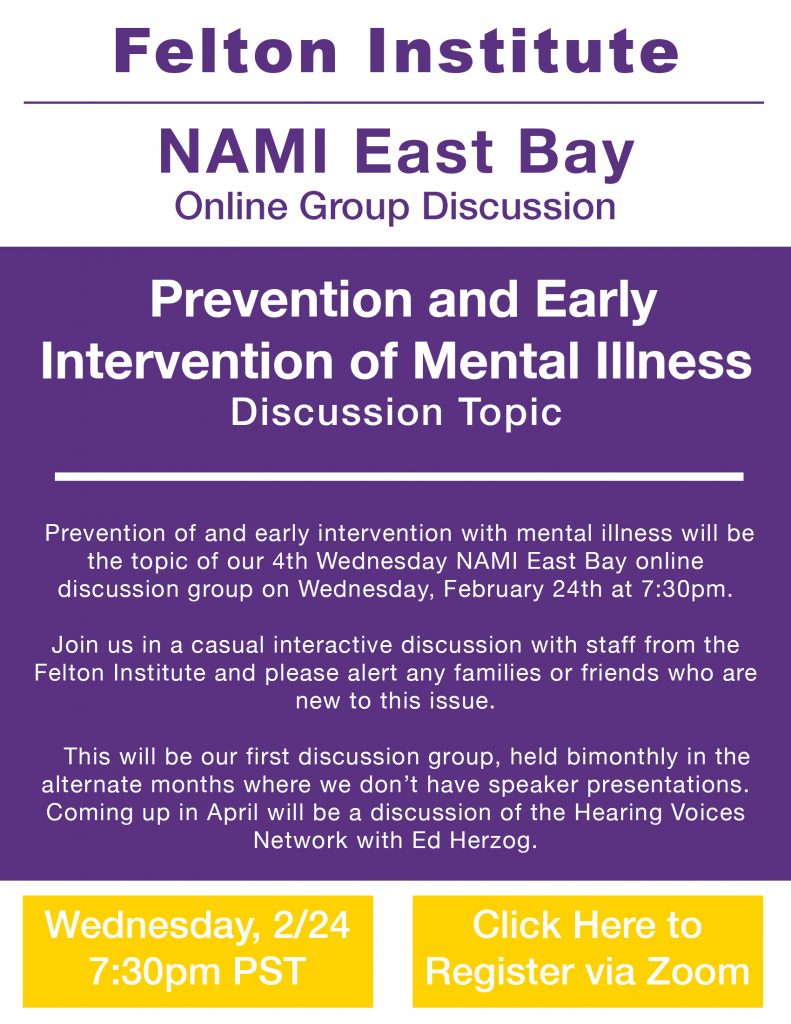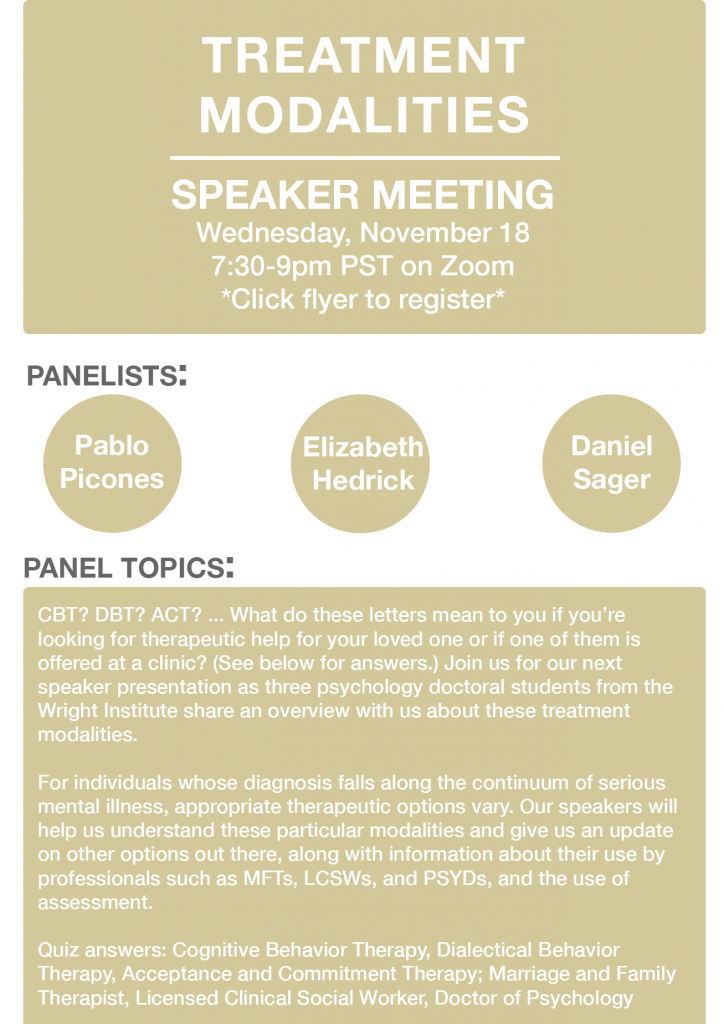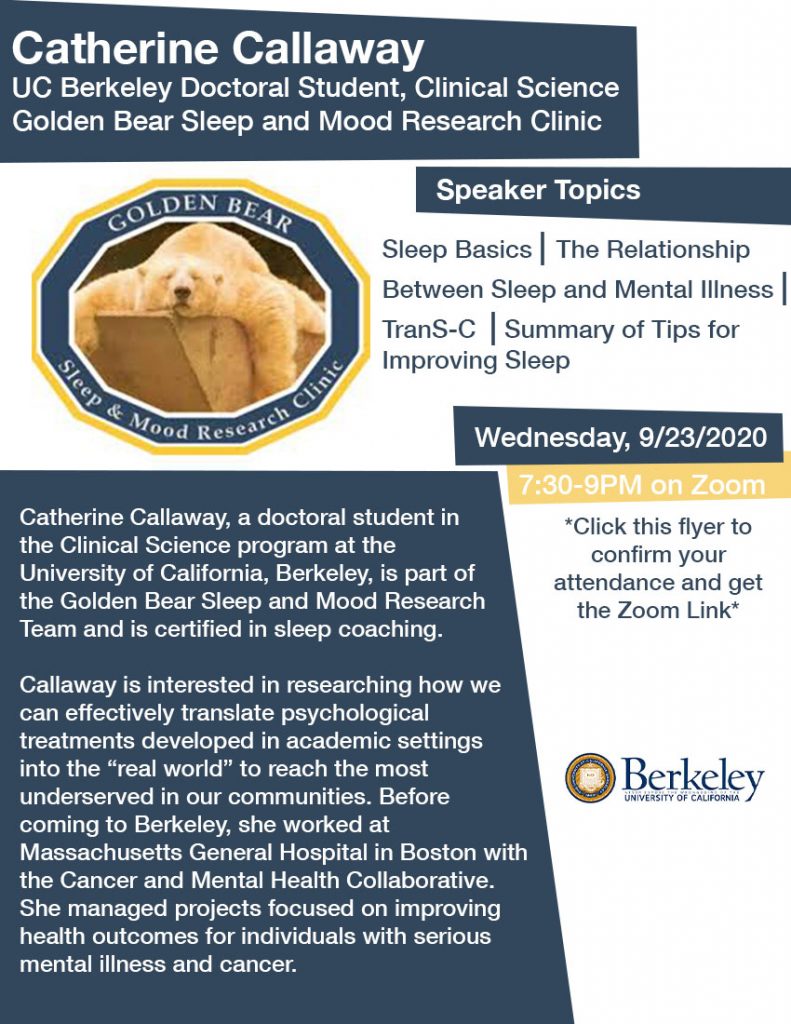Author: Namieastbay
Independent Living Association (ILA)
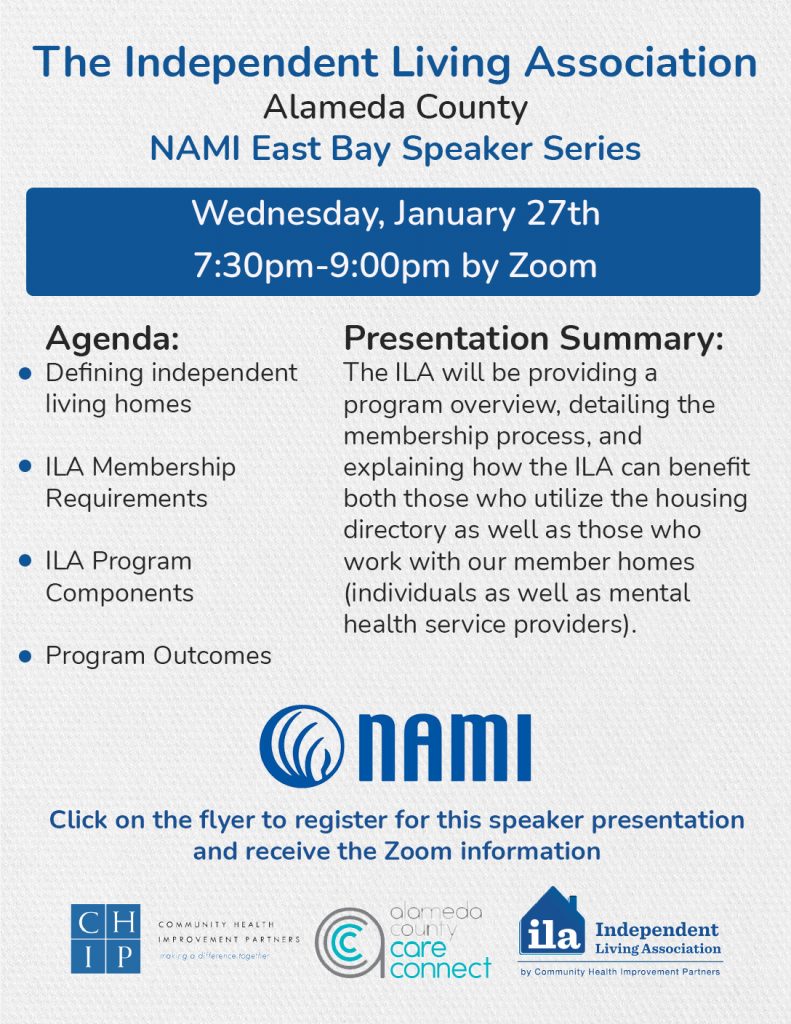
Recently introduced into Alameda County to impact housing stock, the ILA works to develop and support privately owned or operated homes that provide shared housing for adults with disabilities. Tenants in independent living situations are able to live independently, are often on a fixed income, and do not need supervision or care from their landlord. Tenants may have external case management or other kinds of outside support.
Our guest speaker, Program Manager Francesca Barua, will provide a program overview, what the membership process looks like, and how the program can benefit those who use our member directory and work with our member homes (both individuals as well as service providers). She will also describe the oversight and support services that are offered to home operators.
If this is a concept that interests you, either as a potential tenant or operator, please join us. There will be opportunity for questions and answers.
The November presentation will be Zoom/online, and we are asking attendees to preregister.
Event Date: Wednesday, January 27. Meeting starts at 7:30 pm
